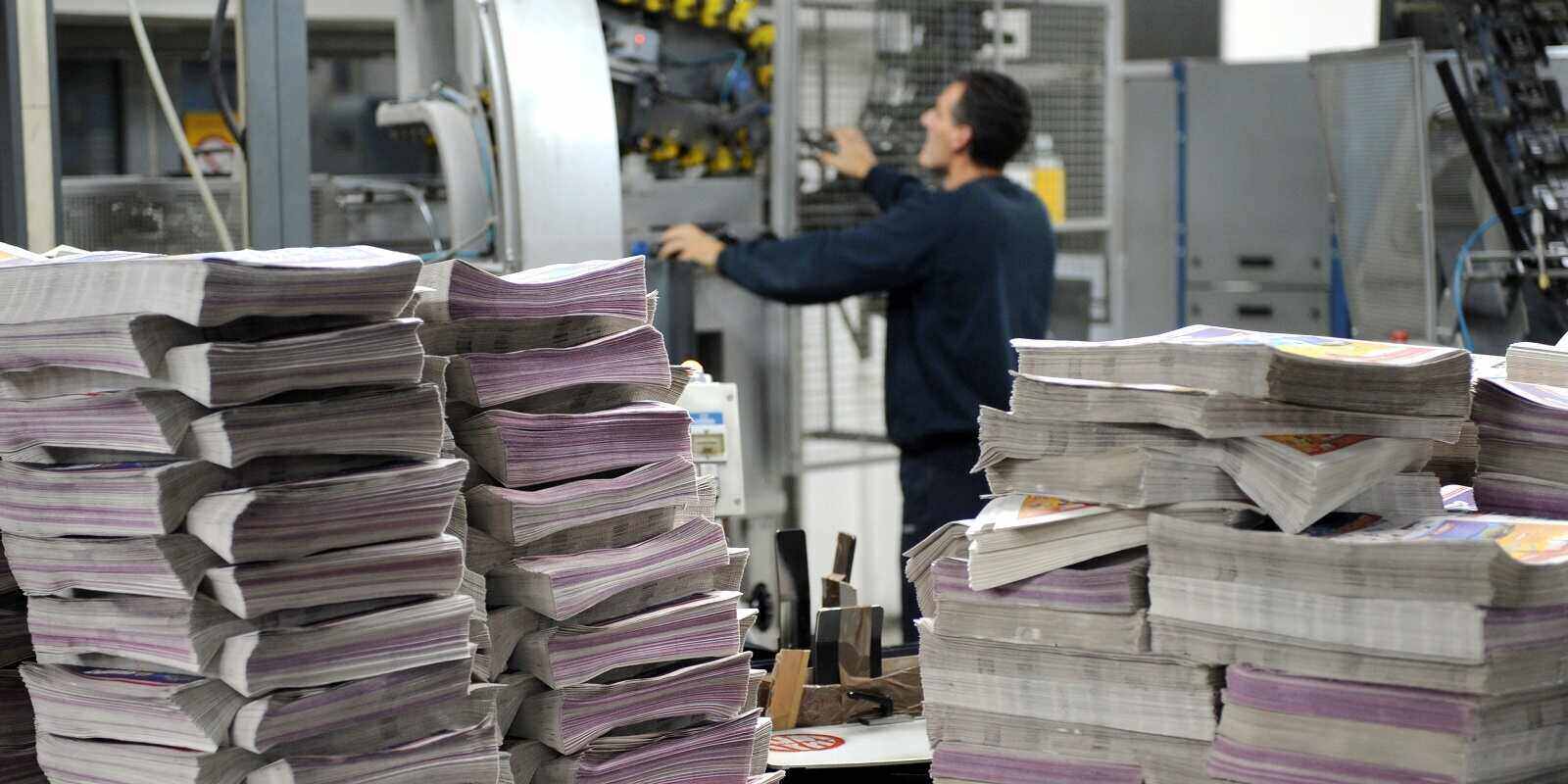
A firm’s performance doesn’t only depend on its conduct but also on its strategies. By providing guiding principles for many organizational decisions, a business strategy ensures that every aspect of a business is planned and works efficiently. It articulates what a company can do to reach its goals and help it gain a competitive advantage over others.
There are many different business strategies, but the most common one includes outsourcing. Outsourcing refers to a business practice in which specific services or job functions are performed by a third party on an ongoing or contract basis. In other words, outsourcing is when a company agrees to hire a third-party company or individual to perform certain tasks and hands over responsibilities for a planned or existing activity. The aim of this strategic decision is to increase the company’s efficiency and reduce costs. Some very common outsourcing activities include accounting, human resource management, customer service and marketing. However, many companies now outsource their printing services as well.
So, keep reading to learn more about how print outsourcing is a better option than in-house printing.
What Is Print Outsourcing?
 Every business operates with the aim of increasing its market share or maximizing sales/ profits. There are certain costs, however, that can eat up the company’s resources and causes expenses to add up. Though eliminating all costs is not possible, cutting printing expenses can help a business improve cash flow and become profitable.
Every business operates with the aim of increasing its market share or maximizing sales/ profits. There are certain costs, however, that can eat up the company’s resources and causes expenses to add up. Though eliminating all costs is not possible, cutting printing expenses can help a business improve cash flow and become profitable.
Simply put, print outsourcing refers to hiring a printing company that can take care of all the print projects of a business. This type of outsourcing activity is believed to be a time-honoured business strategy with many proven benefits. In fact, according to the National Association of Purchasing managers, outsourcing print procurement is the second biggest opportunity for a business to reduce costs.
In addition, professional printing companies will produce quality printed materials. For example, Sprint Printing has high standards for print quality and uses state-of-the-art printing technology. So, when you buy printing services from such reliable companies, you are paying for the expertise and diligence in producing a premium quality product.
Myths About Print Outsourcing

In-House Printing Is Less Expensive Than Print Outsourcing
Many companies overlook the importance of print outsourcing because of printing equipment salespeople. They make it seem as though it is less expensive to do in-house printing than print outsourcing –which is not true at all!
Suppose you want to print 500 letterheads. To convince you to buy a new digital press, a salesperson might say, “The cost will be around 5 cents per copy. If you multiply 5 cents by 500 copies, you’ll get $ 25.00. Once you add $ 15 for the cost of paper, the letterhead will cost you $ 40.”
Salespeople tend to emphasize a lot on the running costs of the equipment, which make in-house printing seems really inexpensive as compared to the cost of hiring a printing company to print the letterhead.
However, here’s the trick: the sales pitch above ignores the most important costs of in-house printing. In addition to the cost of paper and running costs of materials, here are some of the true costs of doing printing in-house:
- Equipment cost
- Labour cost
- Repair cost
- Cost of low quality
- Cost of space
- Opportunity cost
There Won’t Be Much Printing to Do
Not true!
In general, besides payroll and accounting, printing needs are the most expensive part of operating a business. A study, for example, revealed that an average employee could print approximately 10 000 pages a year. This can equate to around $ 700 a year in employee printing. So, if your company had 150 employees, your printing costs would have accounted for $ 105 000 per year.
Hence, the best way to streamline your printing process and avoid this huge figure is by contracting a printing company. So, give the experts at Sprint Printing a call to learn more about their printing services.
